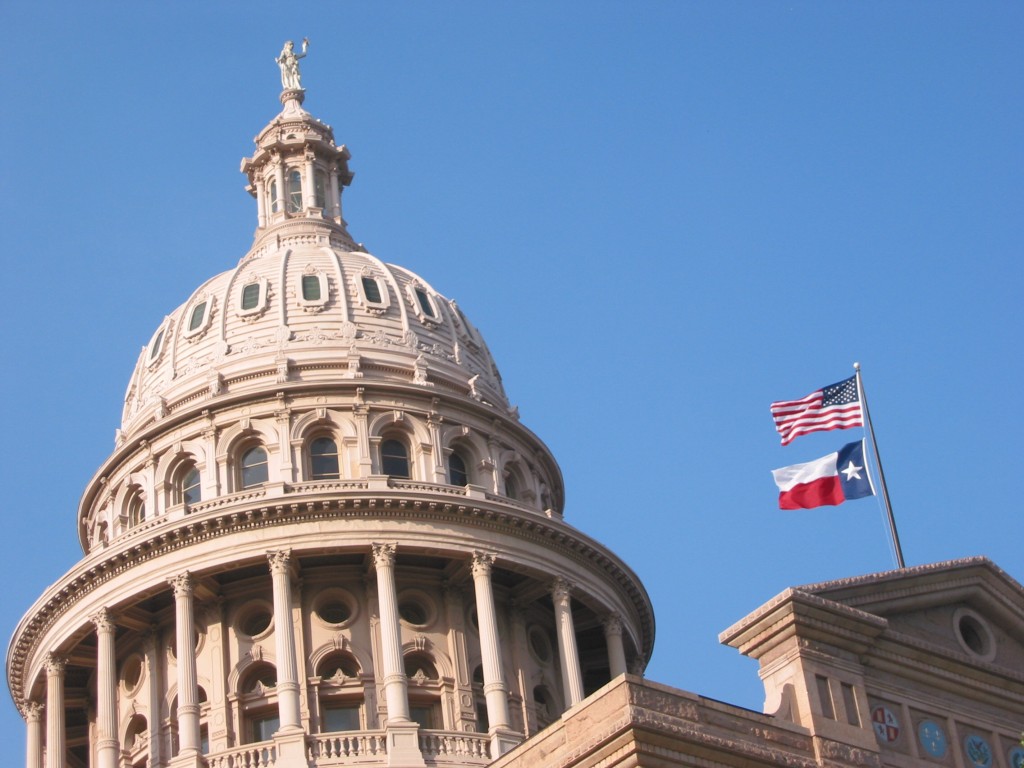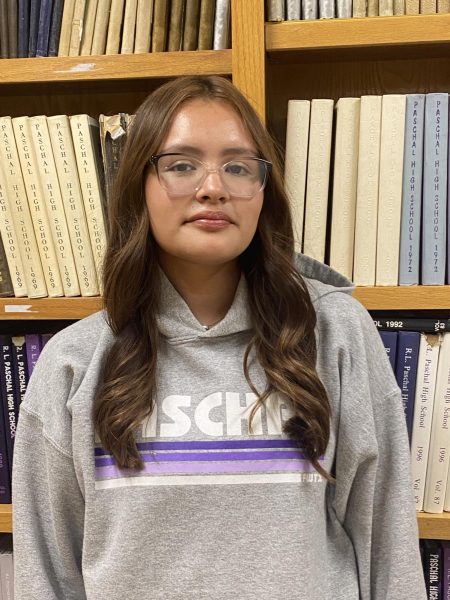School Choice is Texas Governor Greg Abbott’s top priority for this Texas Legislative session. To explore what school choice really is and its impact on public school students, The Pantherette hosted a roundtable discussion for students and staff to explore the impact of School Choice and what this could look like for our community.
School choice, also known as school vouchers, is a program that gives public funds to individual students/families, allowing them to attend private schools or homeschooling. In Texas, this program has sparked debate, raising many questions about the use of taxpayer dollars and the potential benefits for black and brown students.
Currently, twelve states have implemented some form of school vouchers like Arizona, Indiana,Tennessee, Utah, and a few others, Mr. Haley, science teacher, added insight to Arizona’s implementation of “choice” by saying, “ Arizona passed this a while ago and they’re looking at a billion dollar shortage in government funding because of how much (money) went out to parents and private schools.”
One of the main issues is determining how to distribute the funds fairly. The challenge lies in prioritizing which students will receive the money and ensuring that the process is unbiased.
Governor Greg Abbott argues that it is a false choice to suggest that school choice and robust public schools cannot coexist. However, concerns persist about how funds are allocated and which students will benefit. Critics worry that vouchers may not be sufficient to provide quality education for all students, particularly those from marginalized communities.
Texas, with a $24 billion surplus budget over the next two years which could possibly increase, has set aside $1 billion in initial education savings accounts in both legislative chambers. This amount is double the previous session’s allotment for school choice, indicating a significant investment in the program.
Mr. Haley also stated that “this has cost the state (Arizona) in their tax revenue and there’s no way to bring it back since it’s not investable like in the oil industry”
There’s also a concern on homeschooled students and the amount they will receive and how people can take advantage of this program. Mr. Reynolds, English teacher, stated that in Florida “somewhere around 80% of families who took advantage of this were already enrolled in private schools and this seems like a tax break for a certain economic class”.
This sparks a lot of questions about how Texas can ensure school choice funding is equitable. Senior Andi Shipman added, “That’s part of the problem of who goes… there needs to be a reliable system not just the same people who can pay this amount because they can afford it, rather than a family who truly would be better served by going to a private school”
Another Senior, Gabby Price added,“I’ve heard that private schools aren’t held to the same standard for having accommodations for students who are in special education which is a big thing to consider when it comes to public money… that it doesn’t serve its purpose all the time.”
Beverly Schluckwerder, also a senior added, “Honestly, I feel like private school kids are a little behind compared to Paschal kids just because of the curriculum. I know some private school kids who’ve told me they didn’t have options we at Paschal have or they couldn’t take AP’s until junior year”
As Texas moves forward with its school choice program, the debate will likely continue. Supporters argue that it provides parents with more educational options, while opponents caution that it may not address the underlying issues in public education and take away desperately needed funding. The outcome of this debate will have lasting implications for the future of education in Texas.




